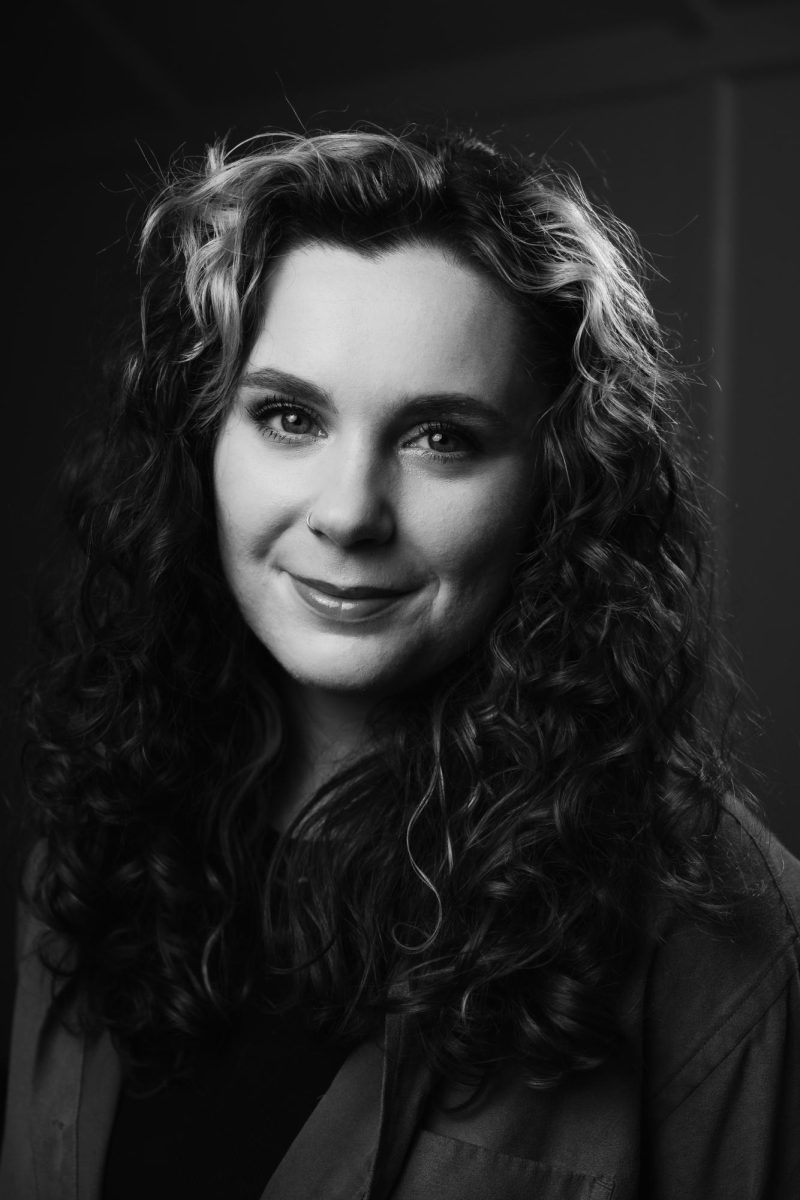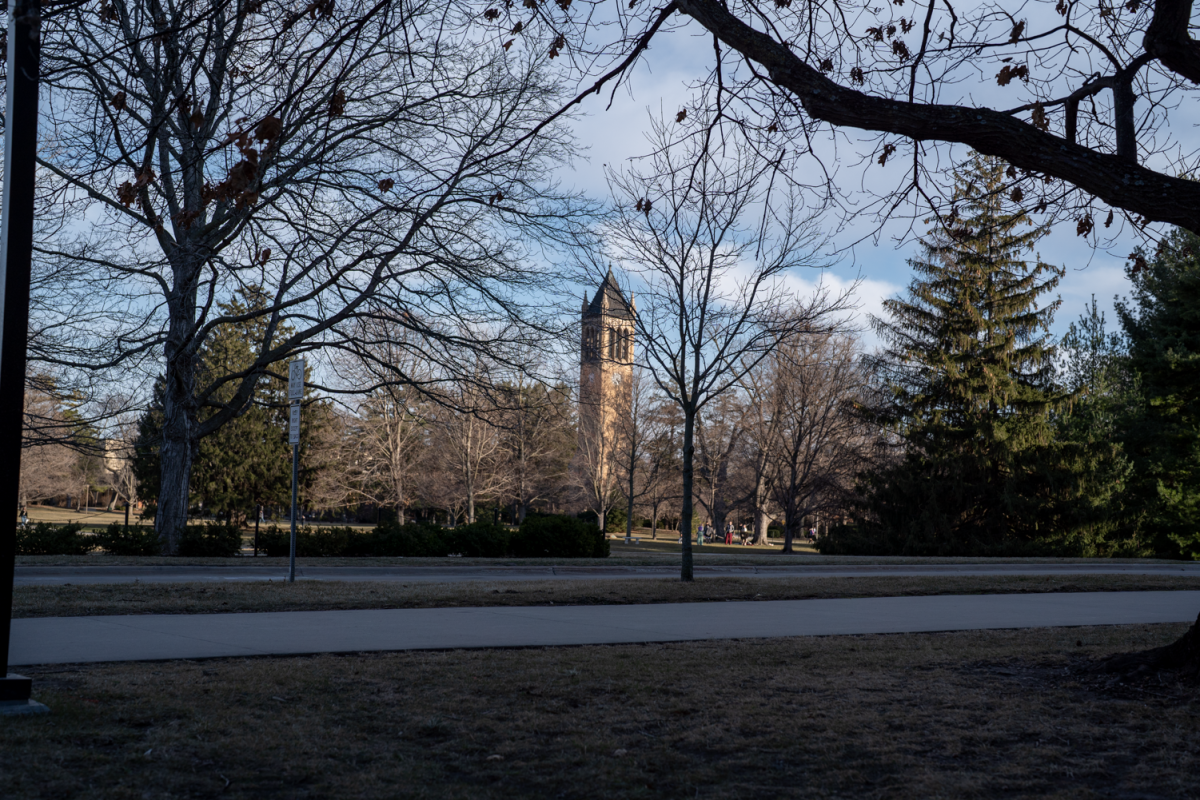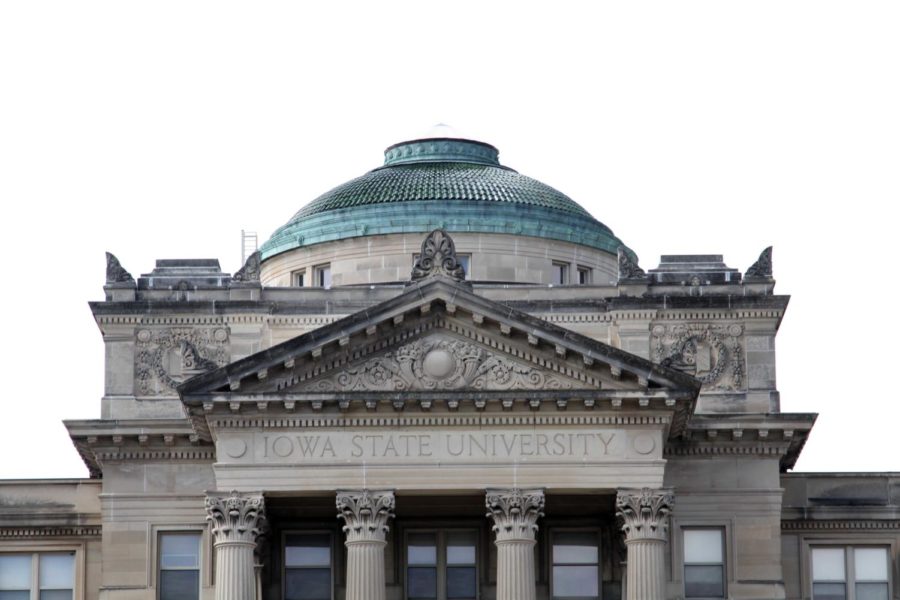ISU professors coordinate with NASA to study metal forms
November 9, 2000
No one could know by looking that in a piece of metal, there are many different patterns designed by gravity.
ISU Professor Rohit Trivedi and his research staff are working to understand why crystals and metals take on different forms and patterns when they are made on earth. Ironically, to accomplish this, they need to carry out their experiments in space.
“We have some understanding of why this occurs, but we need to complete experiments in space to escape the gravity that earth has to check our ideas,” said Trivedi, distinguished professor of materials science and engineering.
To accomplish this, Trivedi is working closely with the NASA microgravity research division to devise the machines that are needed to complete their investigation in space.
“It is very important we control the way the experiments are carried out and to leave the scientific aspects in our hands so that the astronauts just have to flip a switch,” said Ralph Napolitano, assistant professor of materials science and engineering.
Taking their experiment off the earth also makes it possible for them to study the heat, mass and interfacial properties of the crystals and metals, he said.
Currently, a team of two graduate students and a research scientist are working with Trivedi and Napolitano to devise a system where the “astronauts will have to do the least amount of work for the experiment to be carried out,” Napolitano said.
To conduct the complicated experiment, the team on earth will be in direct contact with the astronauts, which will include a live video feed from space. In addition, they will have a data downlink configured, so the researchers on earth will be able to receive data and communicate with the astronauts.
The NASA microgravity research division looks around the country for the most effective experiment that will make the most of the time in space, Napolitano said.
“Because of the value of every second in space, we have to be extremely careful in designing an experiment because failure is not acceptable,” he said.
This is not just a one-time experiment, Trivedi said.
“A similar experiment is in place to be carried out on the international space station for next year,” he said. “Using the space station would provide them with more time to complete research than the space shuttle would, because of that fact that the shuttle is on a timed schedule, whereas the space station is not as time-sensitive.”














